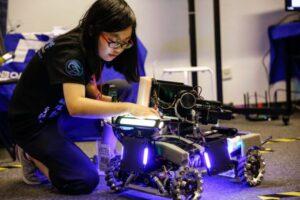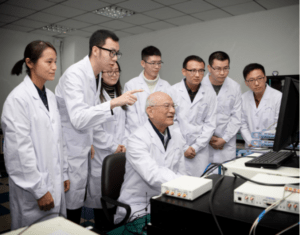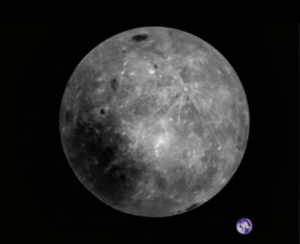Established in 1920, Harbin Institute of Technology (HIT) is a member of China’s top University Union (C9). A national key university with a key focus in science and engineering, HIT has also developed excellence in management, liberal arts, economy, law and other disciplines. HIT currently has three campuses across China: the main campus in Harbin, a campus in Weihai on the east coast and one in Shenzhen in the south.
Renowned as the “cradle of engineers”, HIT boasts many firsts which include the first School of Astronautics in China; the first Chinese university to independently develop satellites which entered into the Moon’s orbit; and the first to achieve satellite-ground laser link communications.
In addition, their School of Environment houses seven national research platforms which are dedicated to providing solutions to global sustainability challenges.
In 2017, HIT became one of the nation’s Double First-Class Universities, a government initiative to build elite universities and their faculty departments into world-class institutions. It ranks 4th in Best Global Universities for Engineering by U.S. News & World Report in 2021.
Placing a strong emphasis on internationalization since its founding, HIT has entered into academic cooperation agreements with 278 universities coming from 39 countries.


President Zhou You expressed his vision of HIT joining this network of leading Asia-Pacific research universities on the occasion of the university’s 100th Anniversary in 2020, “the vibrant platform of APRU enables more universities to get to understand HIT. We aspire to share our research excellence within and beyond the network and to contribute to building community wellbeing through our collaborative efforts.”
“The diversified and multi-disciplinary learning experiences provided by APRU also challenge our students to address real-life problems and encourage them to establish lifelong personal goals with a global perspective,” President Zhou added.

Quick facts about HIT Harbin campus:
- 31,873 students, 3011 faculty
- 22 schools, 89 undergraduate programs
- 9 national key disciplines, 7 national key labs
- 39 Chinese Academy of Sciences and Chinese Academy of Engineering members
- 11 disciplines are ranked among the top 1% on the Essential Science Indicators (ESI) lists
Research highlights: Astronautics, Mechanics, Materials Science and Engineering, Civil Engineering and Architecture, Environmental Science and Engineering, Automation & Electrical and Electronic Engineering




